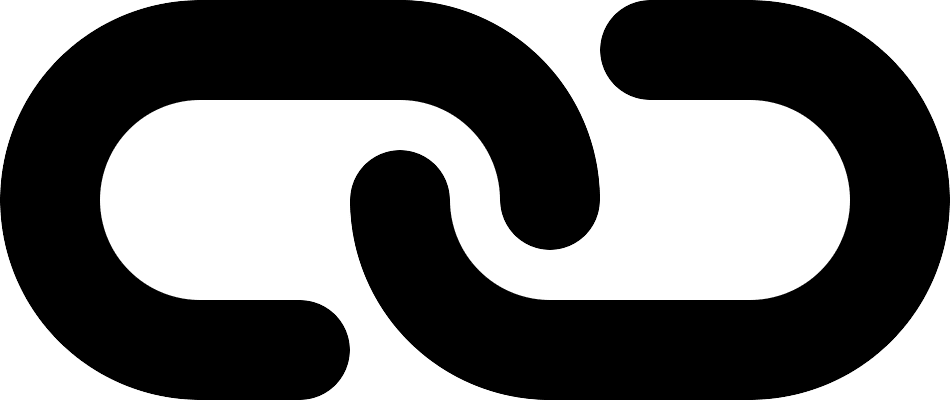You, as a savvy website owner or digital marketer, understand the importance of SEO (Search Engine Optimization) in driving organic traffic and boosting your online presence. But there’s a lesser-known strategy that can significantly impact your SEO efforts – it’s called Link Reclamation.
In this comprehensive guide, we’ll walk you through the art of Link Reclamation, helping you uncover lost opportunities and enhance your website’s SEO.
So, grab your detective hat, because we’re about to solve the mystery of lost links and turn them into SEO gold.
What is Link Reclamation?
Imagine this: You’ve put in countless hours crafting top-notch content, building backlinks, and optimizing your website.
But over time, you’ve lost track of some of those precious backlinks. This is where Link Reclamation steps in.
It’s the process of identifying and reclaiming lost or broken backlinks that once pointed to your website.
Why Does Link Reclamation Matter?
1. Recover Lost Link Equity and Domain Authority
Every lost backlink means lost link equity, which directly impacts your SEO because it is THE key tactic for boosting domain authority.
By reclaiming these links, you will regain valuable link juice and improve your website’s overall domain authority.
2. Enhance the User Experience (UX)
Broken links can frustrate your website visitors.
Link Reclamation not only benefits your SEO. It also improves the user experience by ensuring all links lead to relevant content.
3. Strengthen Your Backlink Profile
If you want to succeed at driving SEO improvements, you absolutely MUST pursue a robust backlink profile.
By reclaiming lost links, you will strengthen your profile. In turn, your domain as a whole will be more appealing to search engines.
And you should enjoy better rankings as well as increased organic traffic.
The Link Reclamation Process
Let’s dive into the step-by-step process of Link Reclamation:
Step 1: Identify Lost Links
The first step is to identify the lost or broken links pointing to your website.
You can use various tools like Google Search Console, Ahrefs, or SEMrush to find these links.
Step 2: Prioritize Opportunities
Not all lost links are equal. Prioritize opportunities based on the authority of the linking domain and the relevance of the content. Focus on the most valuable prospects first.
Step 3: Find Contact Information
Next, locate the contact information of the webmasters or site owners responsible for the linking domain.
This may involve visiting their websites, searching for contact pages, or using tools like Hunter.io.
Step 4: Reach Out Politely
Craft a friendly and polite email to the webmasters.
Explain that you’ve noticed a broken link on their website that used to point to your valuable content.
Request that they update the link to the correct URL. Your response rate may be low, but even if you only get a few, you’ll be in a better spot than beforehand.
Step 5: Monitor and Follow Up
After sending your outreach emails, monitor responses.
Be prepared to follow up if necessary. Persistence can pay off in Link Reclamation.
Pro Tips for Successful Link Reclamation
- Regularly Audit Your Backlinks: Make Link Reclamation a routine part of your SEO strategy by conducting regular backlink audits.
- Personalize Outreach: Customize your outreach emails for each webmaster to increase your chances of success. Show genuine interest in their website.
- Offer Value: If appropriate, offer something of value in return, such as updated content or a relevant guest post.
- Stay Organized: Keep a record of your outreach efforts, responses, and successful reclamations to maintain an organized approach.
Real-Life Link Reclamation Success Stories
To inspire you, here are some real-life examples of successful Link Reclamation efforts:
Example #1: eCommerce Redemption
A popular online retailer noticed several broken links leading to their product pages from influential fashion blogs.
By reaching out to the bloggers and providing updated product links, they regained lost traffic and sales.
Example #2: Reclaiming Brand Mentions
A software company discovered that many blogs and news articles mentioned their brand without linking back to their website.
By contacting the authors and requesting proper attribution, they gained valuable backlinks and brand visibility.
Conclusion
Link Reclamation is a powerful yet often overlooked SEO strategy. It can help you uncover lost opportunities and boost your website’s search engine rankings.
By identifying and reclaiming lost or broken backlinks, you not only recover valuable link equity but also enhance the user experience and strengthen your backlink profile.
So, it’s time to put on your detective hat and start the Link Reclamation journey.
Regularly audit your backlinks, reach out to webmasters politely, and monitor your progress.
With patience and persistence, you’ll turn lost opportunities into SEO wins.
Ultimately, you’ll be able to drive more organic traffic and increase your website’s domain authority.
Feature Image Credit: Mdowdell – Own work, CC BY-SA 3.0 on WikiVersity
Tommy Landry
Latest posts by Tommy Landry (see all)
- Local SEO Meets AEO and GEO: How AI Platforms Read Local Authority Signals - December 9, 2025
- What Is an SEO Proposal and What Should It Include? - December 2, 2025
- The Complete Guide to Dental SEO: How Dentists Can Attract More Local Patients Online - November 25, 2025





